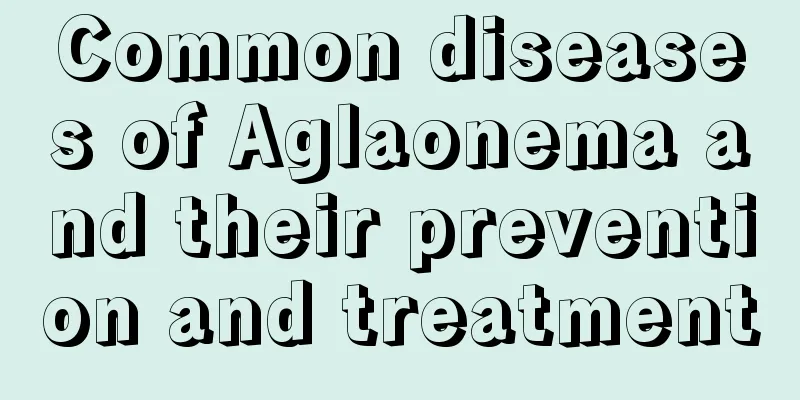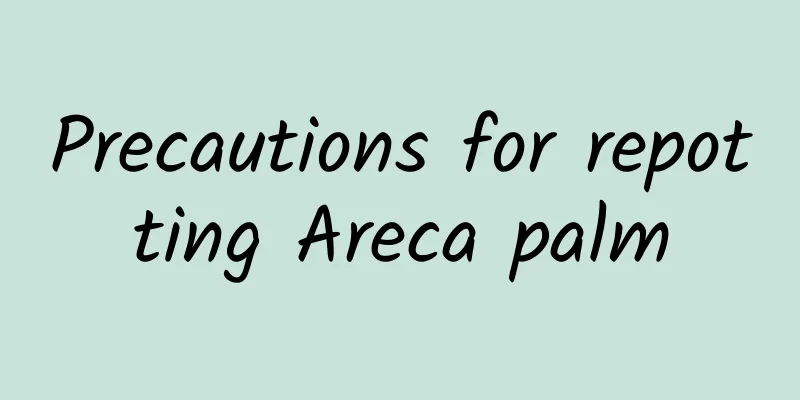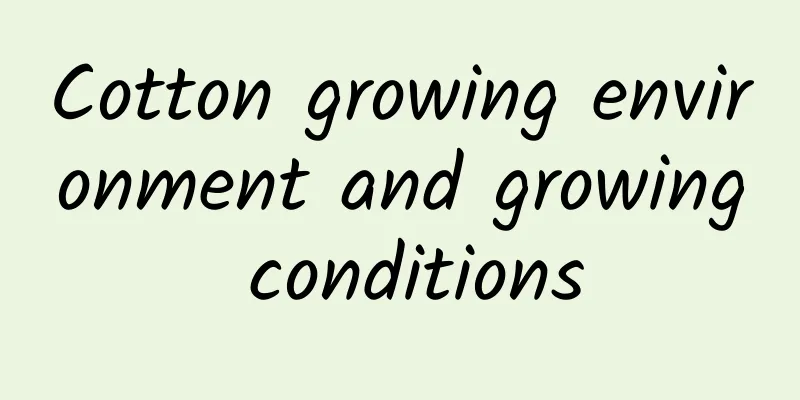Common diseases of Aglaonema and their prevention and treatment

Diseases of the Aglaonema schreberi - ChlorosisChlorosis is a common disease of Aglaonema. When chlorosis occurs, the leaves will turn green and yellow. There are many reasons for the chlorosis of Aglaonema, which may be due to iron deficiency or other reasons. Generally, during breeding, it is necessary to strengthen management and apply fertilizers reasonably to treat the chlorosis. Diseases of the golden plate - leaf spotLeaf spot disease of Aglaonema mostly occurs in summer, mainly harming the leaves, causing spots to appear on the leaves and continue to expand, and eventually even causing the leaves to wither. Leaf spot disease on Aglaonema is mostly caused by pathogens, whose spores are spread by wind and rain. Generally, Aglaonema is prone to disease in high temperature, hot and humid environment. In terms of management, attention should be paid to strengthening ventilation, applying more organic fertilizer, and destroying the withered leaves of the Aglaonema in time. If leaf spot occurs, you can spray some carbendazim solution for treatment. Diseases of the Aglaonema scabra - Sooty mold diseaseSooty mold disease is a very harmful disease, which is generally caused by bacteria. The pathogen can overwinter on diseased leaves or be spread by pests and rain, and is prone to breakout in the hot and rainy seasons of summer and autumn. Sooty mold disease can harm the leaves and branches of the Aglaonema plant. When white mold occurs, it is necessary to remove the mold in time and spray some carbendazim solution for prevention and control. Diseases of the Aglaonema odorifera - AnthracnoseAnthracnose of Aglaonema can harm the leaf petioles and fruit stalks, causing spots to appear. When anthracnose occurs, it is necessary to promptly cut off the diseased branches and leaves, or carry out chemical control and spray the pesticides in time. Two pesticides can be used for cross-spraying. |
<<: Common diseases and pests of Fuchsia and their control
>>: Common diseases and insect pests of Pyracantha and their control
Recommend
Complete guide to propagating creeper!
Seed propagation Seed selection There are many wa...
Environmental conditions and characteristics of asparagus growth
Asparagus Growth Environmental Conditions and Req...
Pest and disease control of ash trees
Gummosis This disease mainly occurs in the main b...
Does Mimosa bloom? Pictures of Mimosa bloom
1. Does Mimosa bloom? Mimosa will bloom. Its flow...
How to grow pearl orange
1. Adequate astigmatism Pearl orange can tolerate...
Difference Between Artichoke and Milk Thistle
1. Difference of blades The basal leaves of artic...
Breeding methods and precautions for miniature coconuts
1. Breeding methods 1. Soil: Miniature coconut pa...
Can alum root be grown indoors?
Can it be grown indoors? Alumroot is native to Am...
How to grow a lucky tree
1. Breeding environment 1. Soil: Choose loose, fe...
How long after applying herbicide will it rain?
The use of herbicides is often affected by many f...
How to plant lotus seeds
1. Planting time When planting, be sure to choose...
How to grow gardenia in autumn
1. Lighting Gardenia cannot be exposed to the sco...
Disease and Pest Control of Fritillaria
1. Sheath Rust This is a common pathogen that mai...
There are several colors of bougainvillea
1. Several colors Bougainvillea is relatively com...
You don’t have to grow any other flowers in autumn, except this kind. Even 100 pots are not too many!
How to propagate chrysanthemums by cuttings? ① Ch...









